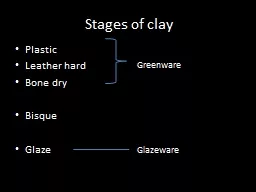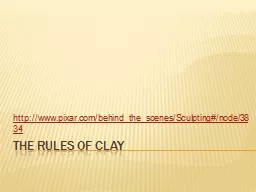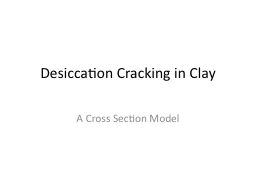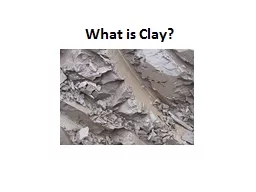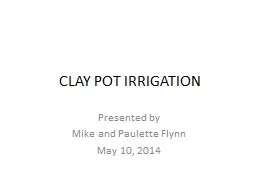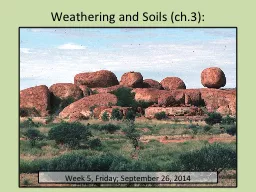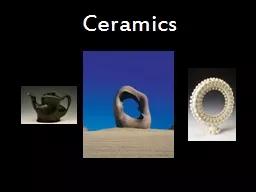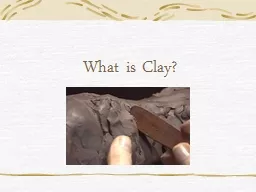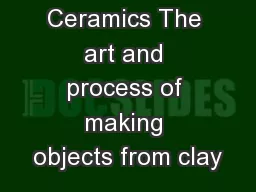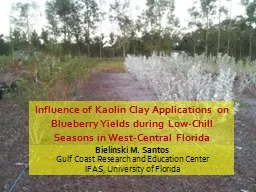PPT-Stages of clay
Author : celsa-spraggs | Published Date : 2017-03-30
Plastic Leather hard Bone dry Bisque Glaze Greenware Glazeware PlasticWorking Clay Clay that is in a workable form It can be formed and retain its shape
Presentation Embed Code
Download Presentation
Download Presentation The PPT/PDF document "Stages of clay" is the property of its rightful owner. Permission is granted to download and print the materials on this website for personal, non-commercial use only, and to display it on your personal computer provided you do not modify the materials and that you retain all copyright notices contained in the materials. By downloading content from our website, you accept the terms of this agreement.
Stages of clay: Transcript
Download Rules Of Document
"Stages of clay"The content belongs to its owner. You may download and print it for personal use, without modification, and keep all copyright notices. By downloading, you agree to these terms.
Related Documents

